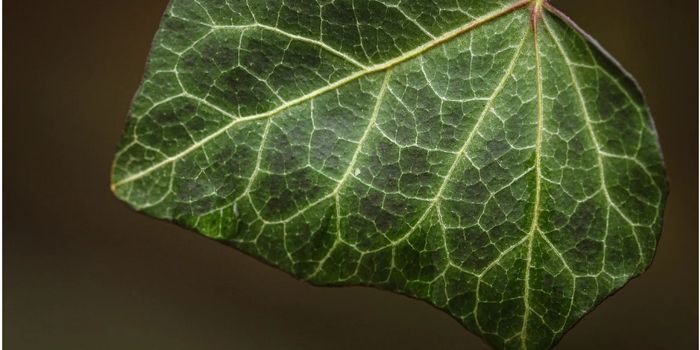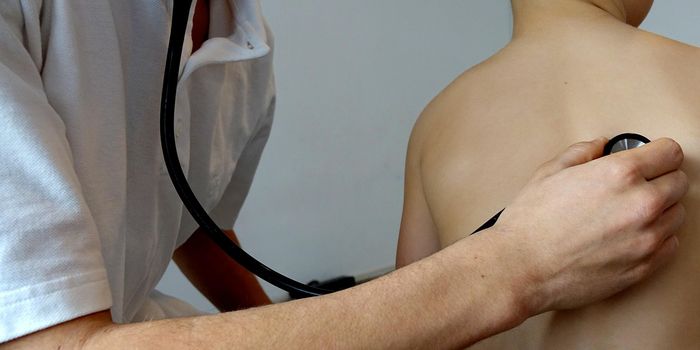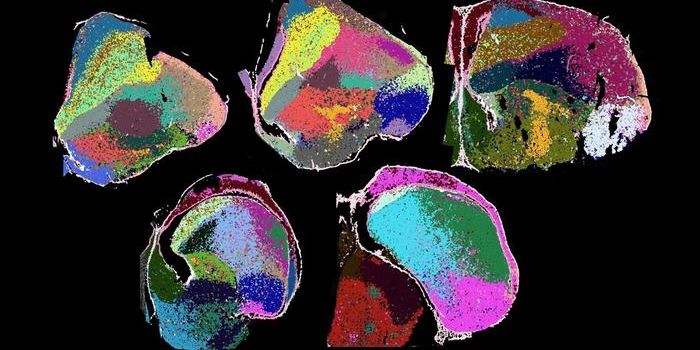When Exposed to Estrogen, Fish Generate Fewer Males
Life on earth relies on the roughly three percent of water on the planet that is drinkable. And clean water sources are being stressed. Researchers have now found that if water is contaminated with even low levels of human hormones, fish that live in that water can suffer profound effects. New work reported in Aquatic Toxicology has used a freshwater fish called least killifish to show that estrogen concentrations of only 5 nanograms per liter resulted in the generation of fewer males and reduced numbers of offspring in general in a laboratory habitat.
Least killifish are unusual because they have a placenta, and instead of spawning eggs that then get fertilized like most fish, they give birth to live young.
Previous work has indicated that some streams next to sewage plants contain estrogen concentrations of at least 60 nanograms per liter - over ten times higher than the levels used in this study. Fish that live far from sewage plants might still be feeling the effects of hormones that leech from the sewage plant.
"Anything you flush down the toilet or put in the sink will get in the water supply," said study author and biologist Latonya Jackson, a University of Cincinnati assistant professor.
When people use the bathroom, unmetabolized chemicals from their bodies get into the water supply. Unfortunately, people may also improperly dispose of medications by flushing them down the toilet.
"Our wastewater treatment systems are good at removing a lot of things, but they weren't designed to remove pharmaceuticals," Jackson said. "So when women on birth control or hormone therapy go to the bathroom, it gets flushed into wastewater treatment plants."
In this work, Jackson utilized a synthetic estrogen that is used in hormone replacement therapy called 17α-ethinylestradiol. When fish were chronically exposed to this estrogen, the gender ratio of their offspring was skewed; more females than males were produced and the population got smaller.
These impacts aren't only felt by fish, noted Jackson. Chemicals like hormones can build up in water sources and eventually end up in drinking water.
"Our drinking water is not a renewable resource. When we run out of clean drinking water, it's gone," Jackson said. "It's very important that we keep this resource clean."
Jackson is now interested in investigating how hormone exposure in fish parents influences the physiology and health of their offspring.
Sources: AAAS/Eurekalert! via University of Cincinnati, Aquatic Toxicology










